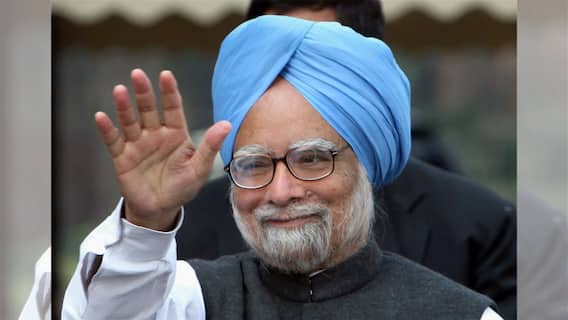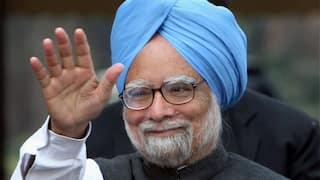Gold Demand: India Reports 10% Jump In Q3, Global Appetite Suffers
While the upcoming quarter is set to witness the expected season boost on account of festivals and wedding purchases, any large increase in prices could postpone the demand, the WGC noted.

Gold demand in India increased 10 per cent during the third quarter of the current calendar year due to the easing in prices and the festive demand, the World Gold Council revealed in it’s report on Tuesday.
The council’s quarterly gold demand report revealed that the precious metal logged an increased demand of 210.2 tonnes during the third quarter of the 2023 calendar year, against 191.7 tonnes in the same period a year earlier. Jewellery demand during the reporting period jumped 7 per cent to 155.7 tonnes, against 146.2 tonnes on a year-on-year (YoY) basis.
WGC India Regional CEO, Somasundaram PR, while speaking to PTI, talked about the demand for the yellow metal as Diwali approaches, and said, “Gold prices softened a bit during the last quarter but now they have started inching up. Prices will play a critical role during the Dhanteras festival and wedding season in the next two months. Trade feedback is that consumers have accepted the Rs 60,000 per ten-gram price point, so a downward correction could trigger a significant jump in demand. Dhanteras is considered the most auspicious day in the Hindu calendar for buying items ranging from precious metals to utensils, to other valuables.”
At the same time, demand for bars and coins climbed 20 per cent to 54.5 tonnes in Q3 in the current year, against 45.4 tonnes in the corresponding period a year earlier. Notably, bar and coin investment in the country logged a record high third quarter since 2015. The gold imports in India increased to 220 tonnes during the third quarter in 2023, against 184.5 tonnes in the same period a year earlier.
The council’s report credited the growth in the jewellery sector to the softening in local gold prices along with the festive season in southern regions of the country. While the quarter saw a muted start, due to Adhik Maas which is considered inauspicious by Indians for purchasing new things, the months of August and September logged a recovery in demand due to festivals like Onam and Varalakshmi, the report said.
Meanwhile, demand in North India remained the weakest and dipped on a YoY basis, due to a weaker rural sector and a relatively lower number of festivals during the quarter. Lower carat jewellery, such as 18K and 14K, registered a boost in popularity as gold prices remained on the higher end and retailers encouraged customers to purchase these products.
Largely, the report noted, the big retailers reported a good performance in the quarter backed by their marketing campaigns. Price correction remained a prominent factor that accelerated the demand, which the council ‘believes continues to be strongly underpinned by strong positive economic sentiment mixed with uncertainties arising from a variety of factors such as fear of inflation, below-normal monsoon, and global developments’, stated Somasundaram.
The council further estimated that the fourth quarter will witness the expected season boost on account of festivals and wedding purchases. However, any large increase in prices could postpone the demand, the agency said. Somasundaram added, “There is latent demand but prices are stiff... If prices go up, there will be a general caution in buying. People may buy more bars and coins.”
Also Read : Want To Buy Gold This Diwali? Here Are Top 5 Reasons Why You Should Invest In The Yellow Metal
Global Gold Demand
Meanwhile, global demand for gold dipped 6 per cent to 1,147.5 tonnes during the third quarter in 2023, due to weak demand for bars and coins from central banks, the report said. In the neighbouring countries, China witnessed a marginal increase in gold demand to 247 tonnes in Q3, from 242.7 tonnes, Pakistan saw a decline of 11 per cent in the demand to 11.6 tonnes from 13 tonnes, both on a YoY basis.
The jewellery demand at the global level dropped by one per cent to 578.2 tonnes in the reporting period, against 582.6 tonnes on a YoY basis. The report attributed this slowdown to the elevated gold prices and economic uncertainty prevailing in the global economy.
Trending News
Top Headlines





































